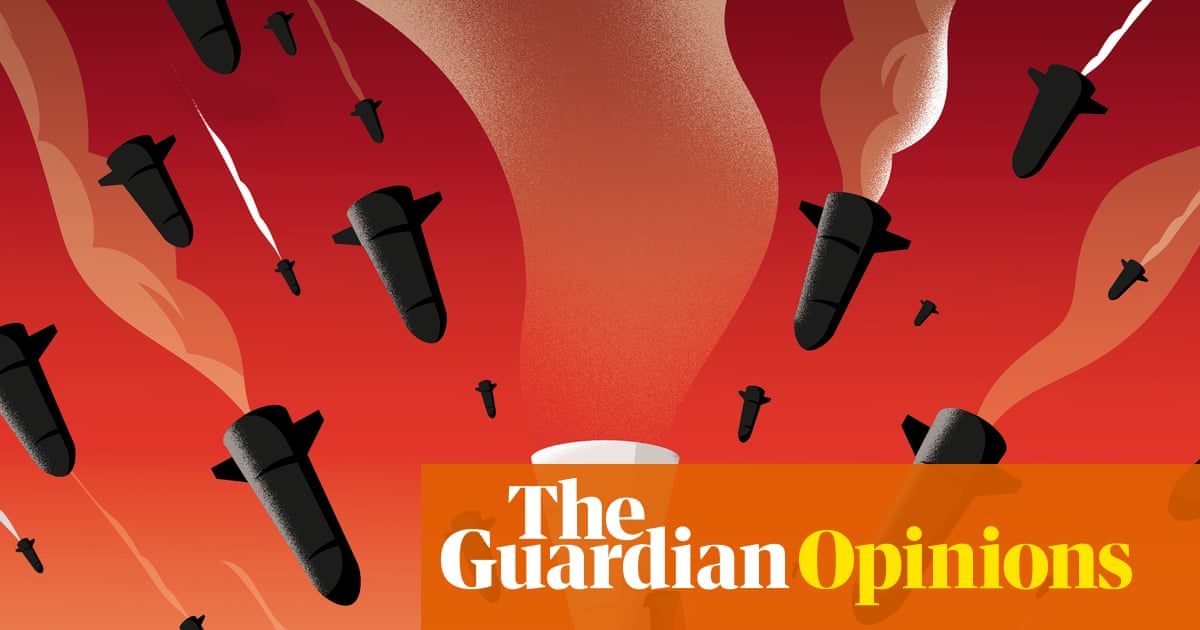T4K3.news
New images of suffering in Gaza escalate global outrage
Recent portrayals of starving children in Gaza fuel calls for recognition of a Palestinian state.
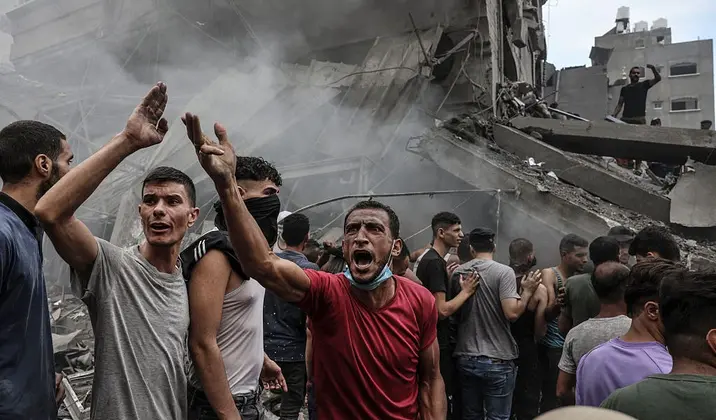
The ongoing Israel-Hamas conflict highlights a complex narrative around suffering and blame.
Hamas Strategy Centers on Humanitarian Suffering
Recent media portrayals have shown deeply troubling images of starving children in Gaza, igniting global outrage and calls for recognition of a Palestinian state from allies like France and Canada. While the humanitarian plight is evident, some narratives shift to depict Israel as the aggressor, overshadowing actions taken by Hamas. A striking example involves a video released by Hamas of Israeli hostage Evyatar David, who has endured severe conditions for over 600 days. His disturbing state, characterized as a 'living skeleton', offers a grim reminder of the war's human cost yet raises questions about the intentions behind such imagery, serving Hamas's goals.
Key Takeaways
"Hamas’s strategy revolves around maximizing suffering on its own side."
This highlights the tactic of using humanitarian crises to influence public opinion.
"Evyatar David is a living skeleton, buried alive in a tunnel."
This graphic description underlines the severity of hostage conditions and serves to illustrate the human toll of the conflict.
"In the war between Israel and Hamas, Israel is the good guy."
This controversial claim challenges prevailing narratives about the conflict.
"Images have sparked outrage, leading nations to reconsider their stance on Palestine."
This indicates how media portrayals can shift political alignments and reactions globally.
The Israel-Hamas conflict has taken a significant toll on both populations, leading to moral complexities that complicate public perception. Many may feel conflicted about how to respond to graphic portrayals of suffering when the context is politically charged. Hamas appears to maximize suffering within Gaza, which can then be leveraged to shift blame away from themselves. In this conflict, the narrative is often manipulated, with both sides facing scrutiny, but understanding who benefits from these images is essential in discerning the truth behind the suffering.
Highlights
- Hamas thrives on suffering, using it to shift global blame.
- Visuals of anguish are a powerful tool for political narrative.
- In this war, who benefits from suffering speaks volumes.
- The hostage situation reveals deeper injustices at play.
Potential Political Backlash in Response to Media Narratives
The depiction of suffering in Gaza and the framing of Israel's role may provoke strong political reactions among stakeholders in the conflict, including public backlash and shifts in diplomatic relations.
As the conflict evolves, discerning truth from manipulated narratives remains critical.
Enjoyed this? Let your friends know!
Related News
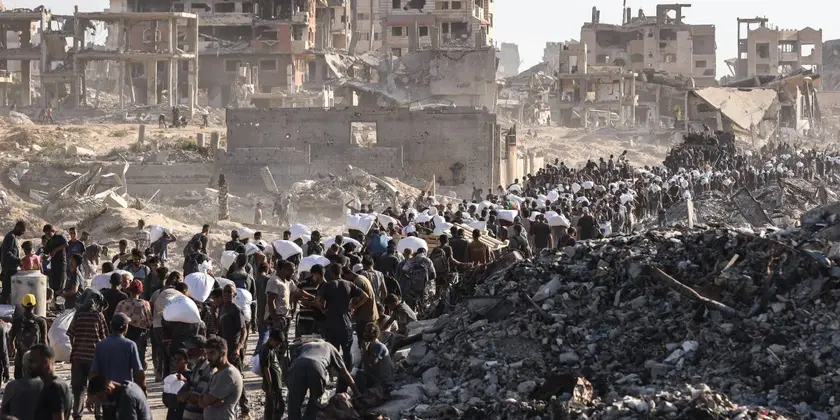
Increased Global Pressure on Israel Due to Gaza Actions
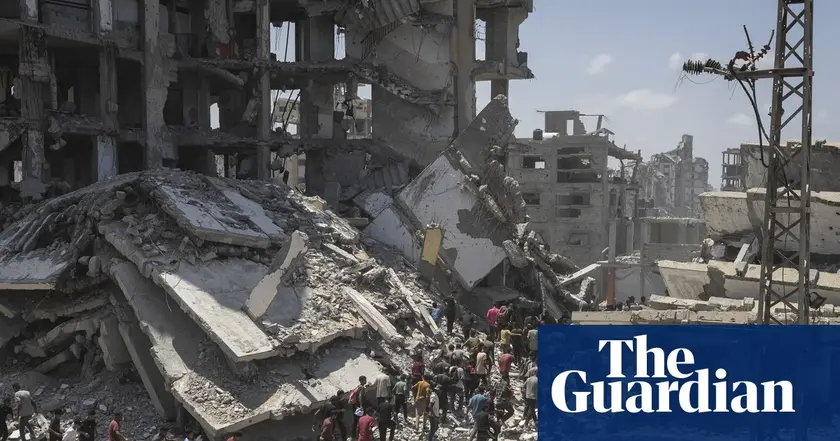
Israel plans Gaza City takeover draws international outrage
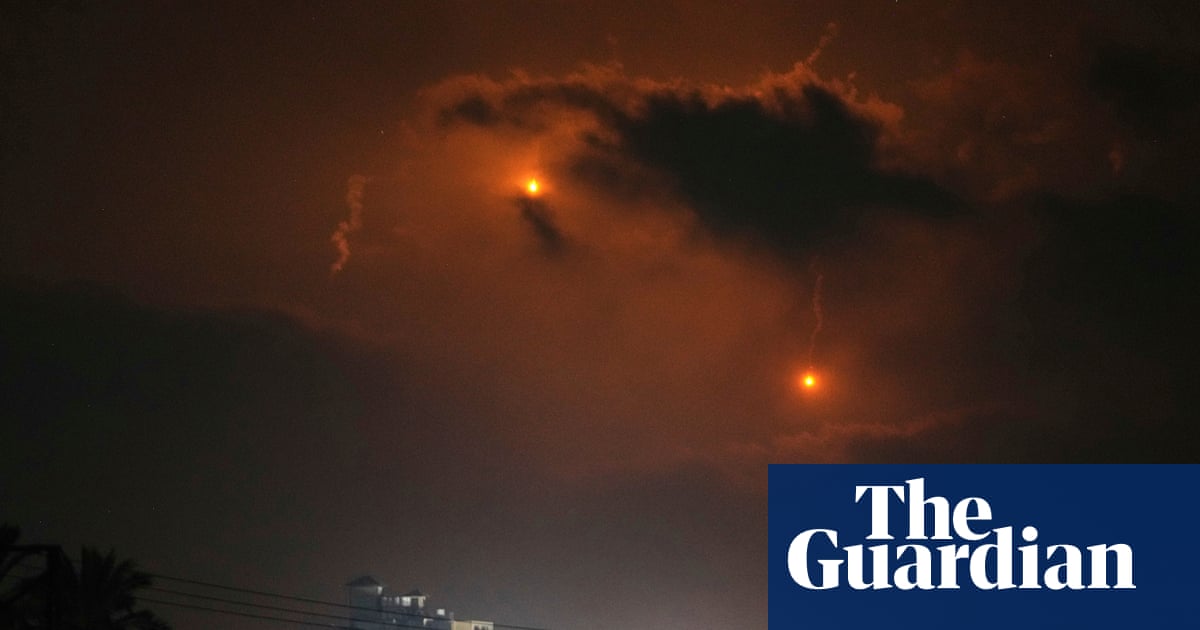
Israel bombed WHO facilities in Gaza
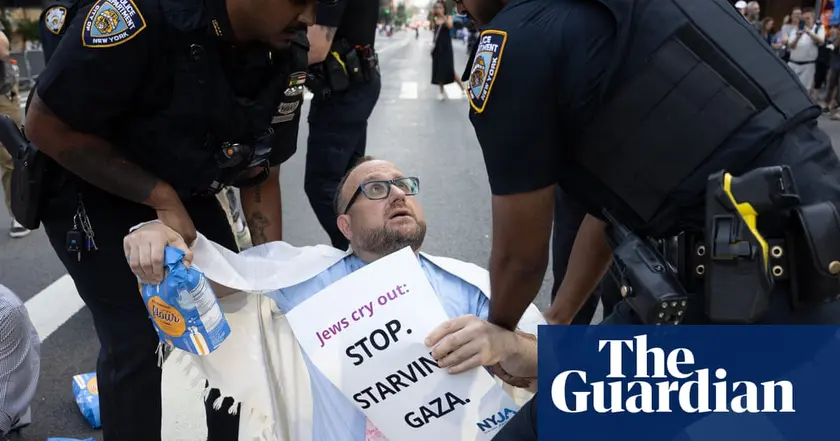
Jewish American groups demand humanitarian aid for Gaza
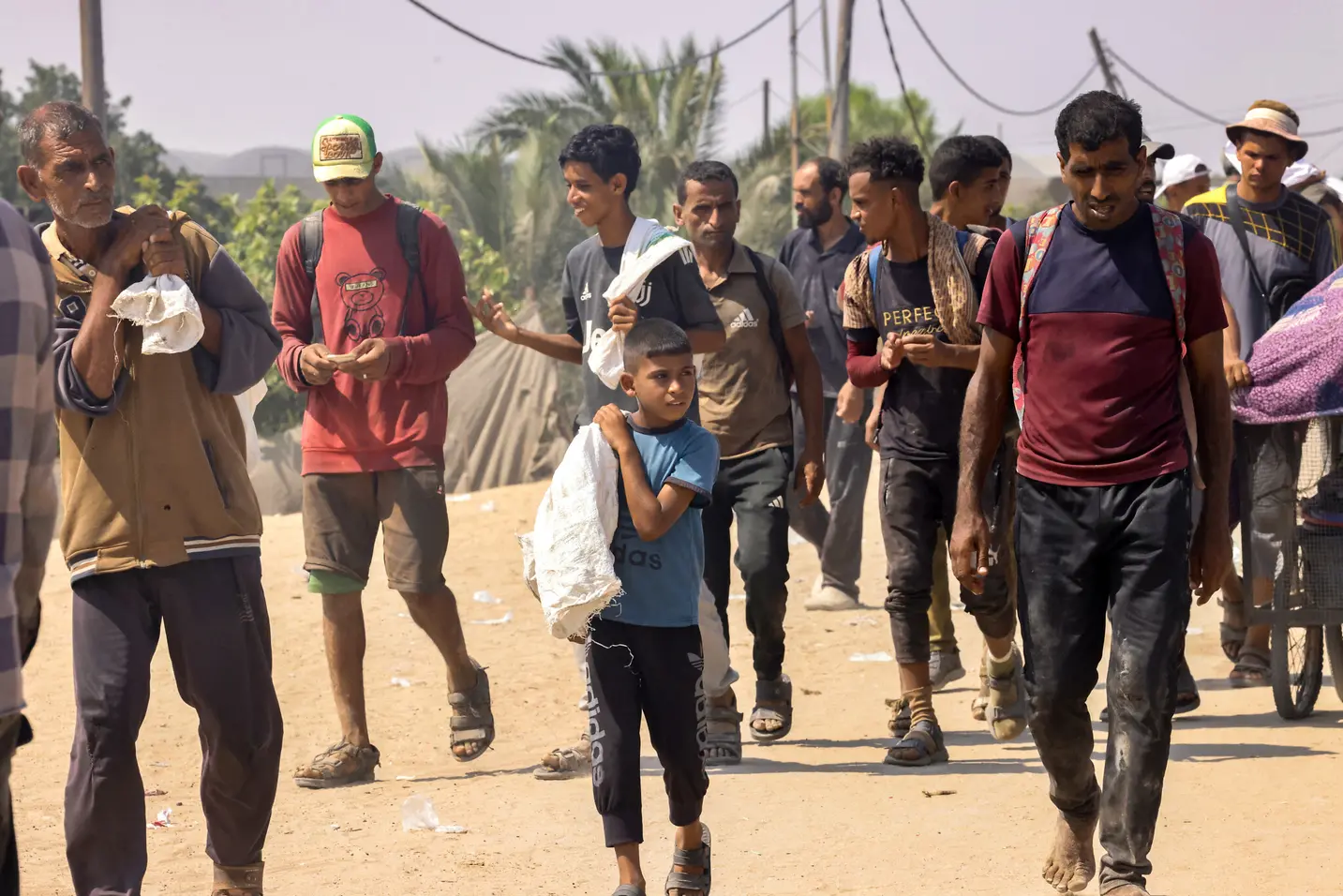
Israel plans large-scale aid for Gaza amid occupation discussions
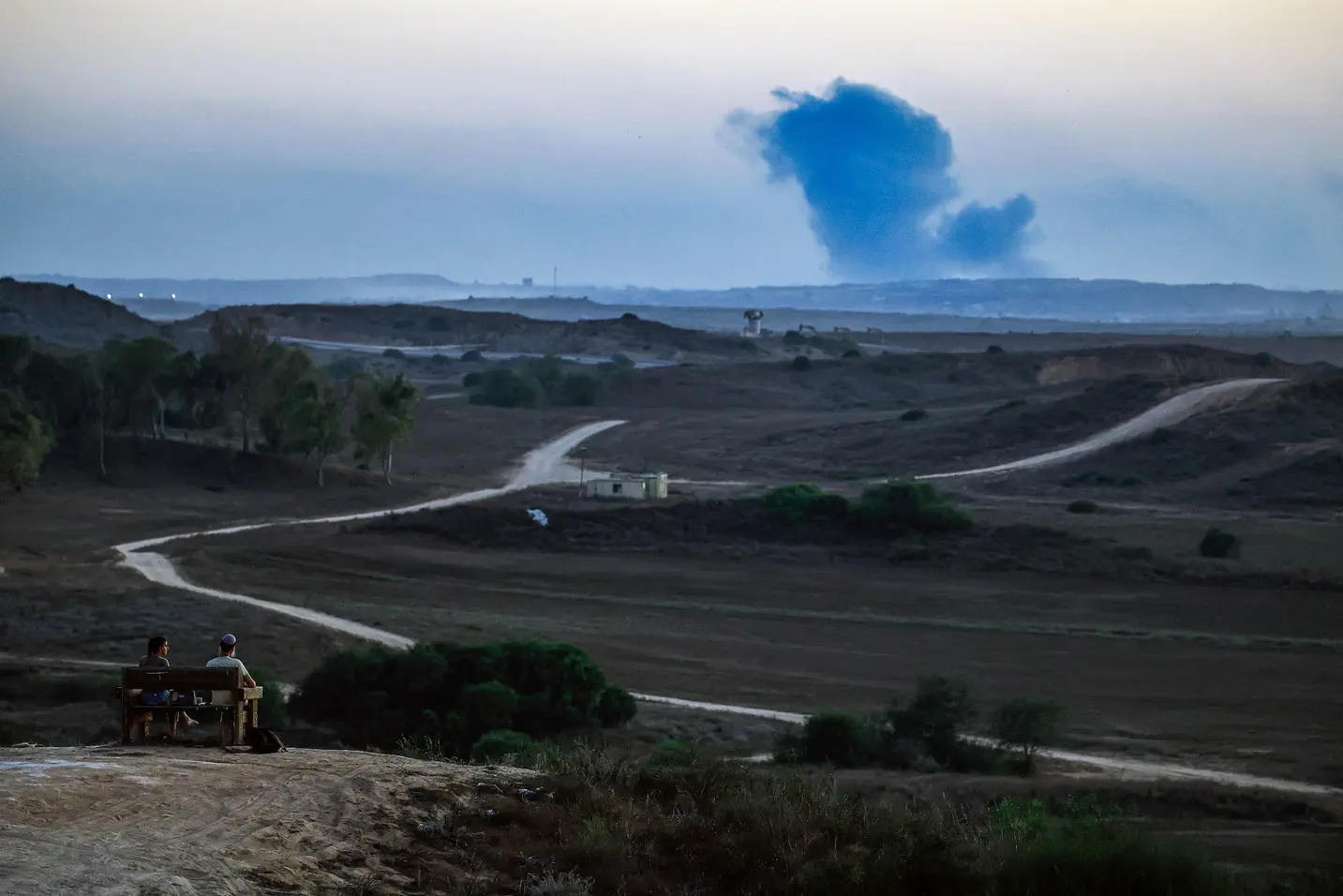
Escalating humanitarian crisis in Gaza
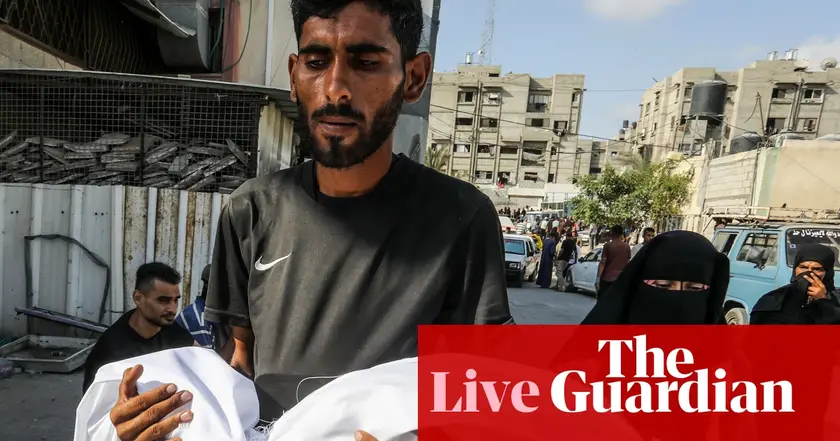
Six killed as civilians gather for aid in Gaza
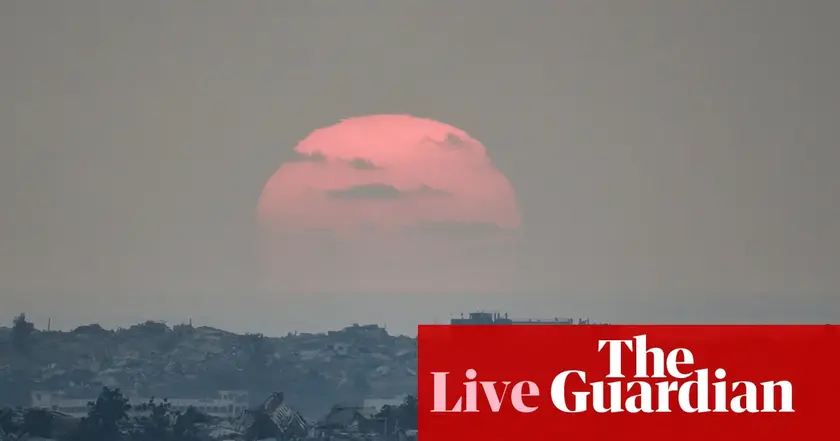
Gaza City plan triggers international backlash
